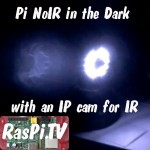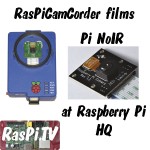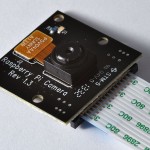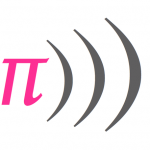
After trying out the new Pi NoIR camera in a daylight comparison, it was time to test it for its main role. Apart from specialist applications in botany, etc. the “killer app” for Pi NoIR is night vision. You need an infra-red source to illuminate the target area. The only one I had to hand was an IP cam, which has a light sensor on it and ten infra-red LEDs. When it starts to get dark, the leds switch on. I’ve got another IR source on the way from Phenoptix, which I plan to dedicate […more…]





